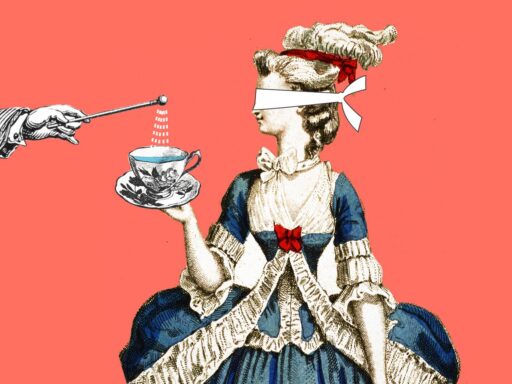In the 1780s, a charismatic healer caused a stir in Paris.
In the 18th century in Europe, a period known as the “Age of Enlightenment,” scientific progress was demystifying the universe with breakthroughs in chemistry, physics, and philosophy. But medical practices were still relying on centuries-old treatments, including leeching and bloodletting, which were painful and often ineffective. So when Franz Anton Mesmer, a charismatic physician from Vienna, Austria, began “healing” people in Paris using an alternative therapeutic practice he called “animal magnetism,” it got a lot of attention.
Mesmer claimed an invisible magnetic fluid was the life force that connected all things, and that he had the power to regulate it to restore health in his patients. He was a celebrity figure until Louis XVI, the last king of France, commissioned a group of leading scientists to investigate Mesmer’s methods in 1784.
Benjamin Franklin headed the commission, which debunked the existence of the magnetic fluid in the first-known blind experiment. Mesmer was ruined, but “mesmerism” didn’t end there. The report also acknowledged that Mesmer’s methods were making his patients feel better, which the commission attributed to the power of the human imagination. This experiment ultimately laid the groundwork for our understanding of the placebo effect and inspired an evolution of Mesmer’s practice into something more recognizable today: hypnotism.
You can find this video and all of Vox’s videos on YouTube. And if you’re interested in supporting our video journalism, you can become a member of the Vox Video Lab on YouTube.
Author: Coleman Lowndes
Read More



